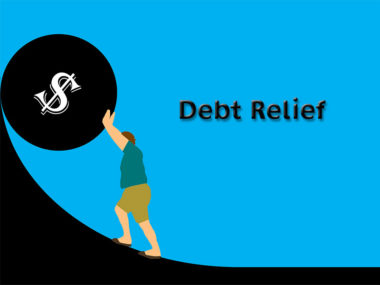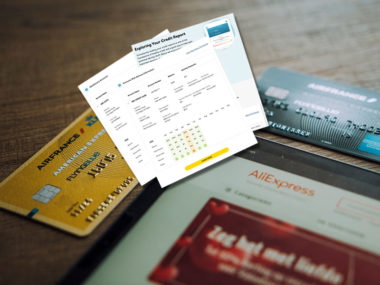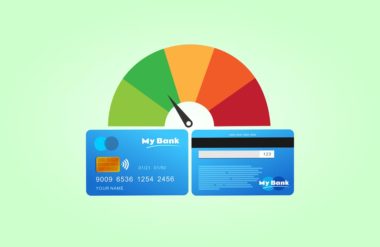
Some medical charges are expenses that you can prepare for. Medical services like regularly scheduled checkups, vaccines, and dental cleanings rarely sneak up on us. However, some medical bills, like the one you might get for an ambulance ride to the hospital, can come as a huge surprise.
This surprise can also come as a shock to your finances. If you don’t have a hefty emergency fund sitting around for exactly this sort of situation, then you could end up in serious medical debt. Instead of drowning in hospital bills, figure out how to pay your ambulance bill or negotiate down to a price point that you can meet.
Table of Contents
How Much Does an Ambulance Cost?
Not all ambulance rides are created equal. When you’re taken to the hospital in an ambulance, your bill is the result of a few things:
- The base cost for the ambulance’s time. This ambulance took the time to drive you to the hospital, taking out of its usual patrol routine and making it unavailable in case of another emergency.
- The cost of services that you’re given onboard the ambulance. Just riding in the back of an ambulance is one thing, but many people need treatment of some sort in the ambulance. Drugs or other life support tools can jack the price up even higher.
- The location of your medical emergency. Ambulance costs can vary widely from city to city. As it is with most things, your ambulance bill will probably be higher if you live in a big city.
Ultimately, there is no single cost that you can assign to an ambulance ride. However, a U.S. Government Accountability Office study found that ambulance rides across the United States could range from $224 to $2,204, with the median cost hovering around $429. No matter where you live or exactly what you get from an ambulance ride, one thing is clear: ambulance bills are not cheap.
Tips for Paying an Ambulance Bill
Do You Really Need an Ambulance?
If you don’t actually need an ambulance, it would be a shame to end up having to pay a three or four figure bill because of your mistake. The Thousand Island Emergency Rescue Service recommends this checklist to see if you should call an ambulance.
- Are you (or is someone else) in immediate danger of losing your life?
- Could your condition worsen on on your way to the hospital?
- Could movement lead to additional complications or injuries?
- Do you need skilled treatment immediately?
- Would an ambulance ride be significantly faster than your other means of getting to the hospital?
Ask Your Insurance to Cover the Bill
Depending on your exact health insurance plan, you may be able to get help from your insurance company in covering an ambulance ride for emergency medical care. The important thing to note is the presence of an emergency threat. Going through the checklist from above will help you make your case to the insurance company to get their help with the bill. You should also check out your individual health insurance plan to see other stipulations and requirements on ambulance bill coverage.
How to Negotiate an Ambulance Bill
If your ambulance bill has arrived and you’re not getting the kind of help that you’d like from your insurance, then don’t fret. It may still be possible to negotiate for a lower ambulance bill that’s more within the range of what you are able to pay.
- Make sure that you’ve been billed with the correct insurance codes. Like we said above, insurance companies will usually only cover emergency trips to the hospital in an ambulance. If the ambulance provider sends a bill with non-emergency codes, ask if they can change it so that your insurance can step in. You will be able to make a better case here if you can go through the checklist from above to explain why you were in an emergency situation.
- Get an itemized bill and check for errors. Just like if you were disputing a medical bill, you should get an itemized bill from your ambulance provider. Double check to make sure that you actually received all of the services that you’re being charged for.
- Try to settle at a lower amount. If you can’t pay the amount that you’re being charged, you may be able to convince the ambulance provider to go a little lower. They want to get paid, so try to find an amount that will satisfy the ambulance company and that you will be able to pay.
- Negotiate a payment plan for your ambulance bill. As with most large bills, an ambulance bill doesn’t have to be paid all-at-once. Try to negotiate a payment plan with the ambulance provider that will leave you with smaller monthly charges that fit more easily into your budget.
An ambulance ride doesn’t have to destroy your financial health. Make sure that you really need an ambulance and be prepared to make the case for your emergency situation to your insurance provider. Once you have a bill, double check for any errors and negotiate it down to a price point that you can meet.
If you’ve tried all the methods above and still find yourself short, check out cashusa.com to get started on a fast and secure personal loan.
Image Source: https://depositphotos.com/





